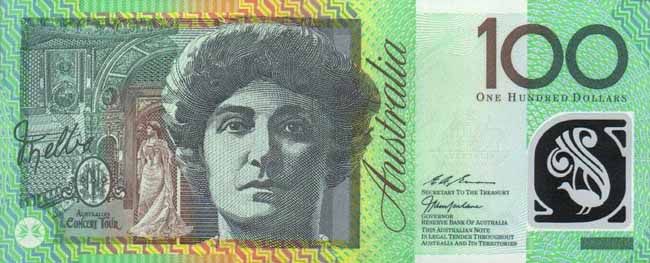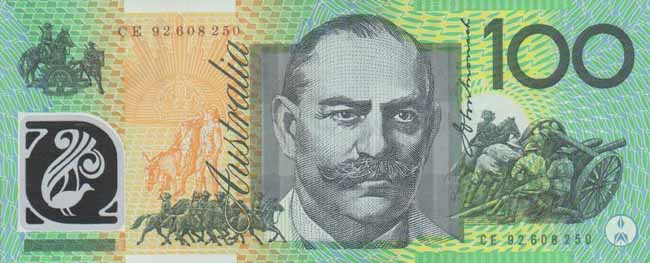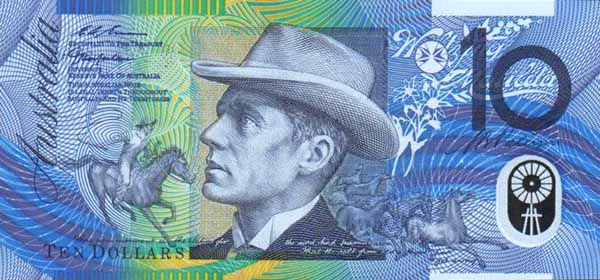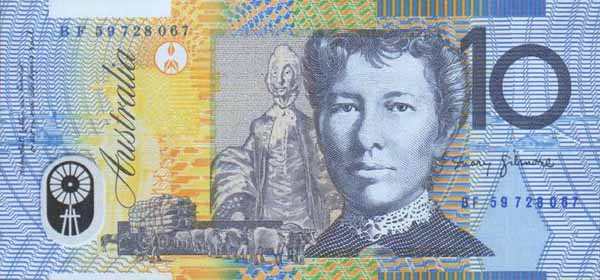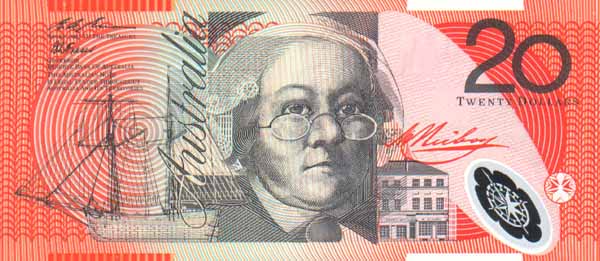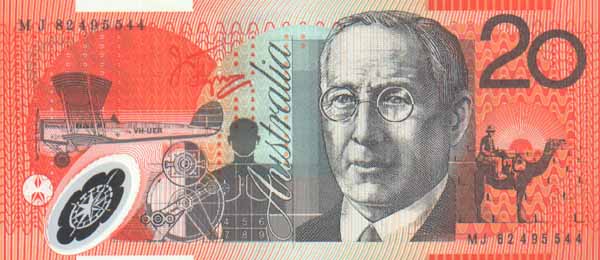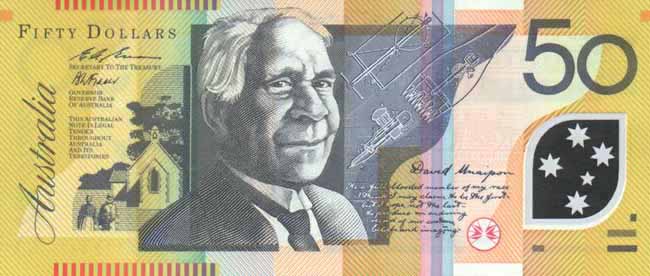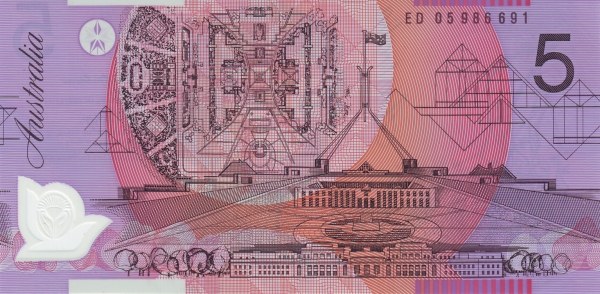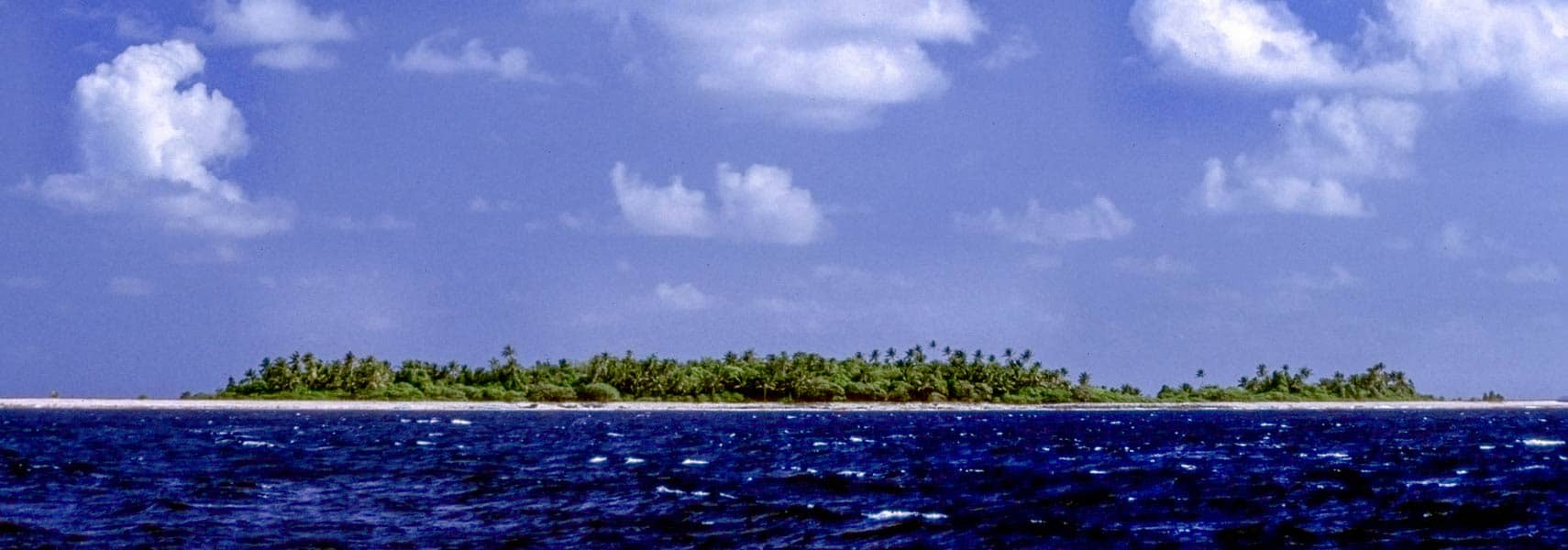Welcome to Tuvalu: A Unique Island Nation in the Pacific
Tuvalu, formerly referred to as the Ellice Islands, stands out as a Polynesian island nation nestled in the Central Pacific Ocean. Remarkably, this nation lies just below the equator, approximately 1,000 kilometers north of Fiji and about 2,000 kilometers east of the Solomon Islands. This strategic location gives Tuvalu a unique cultural and geographical identity in the vastness of the Pacific.
A Brief Historical Overview
Historically, the Ellice Islands operated under British administration as a protectorate. This arrangement lasted until the islands formed part of the British Western Pacific Territories from 1892 until 1916. Subsequently, in 1916, the British established the Gilbert and Ellice Islands Colony, which persisted until 1974. Eventually, on 1 October 1978, Tuvalu gained independence, marking a significant milestone in its history.
Geography and Unique Features
As the world’s fourth smallest country, Tuvalu encompasses an archipelago composed of six coral atolls and three islands. The total land area spans merely 26 square kilometers. These low-lying islands are not only beautiful but also face significant threats from rising sea levels due to global warming. This environmental challenge poses risks to the very existence of Tuvalu, highlighting the importance of climate change awareness and action.
Demographics and Culture
The population of Tuvalu totals approximately 11,000 people, with Funafuti serving as the capital. The main settlement, Vaiaku, is situated on the island of Funafuti. Other islands in this enchanting nation include Nanumanga, Nanumea, Niulakita, Niutao, Nui, Nukufetau, Nukulaelae, and Vaitupu. In terms of language, the people of Tuvalu primarily communicate in Tuvaluan and English, which reflects the country’s colonial past and cultural heritage.
Government Structure
Tuvalu operates as a constitutional monarchy combined with a parliamentary democracy. Consequently, the nation recognizes the English monarch as the head of state, an unusual characteristic for an independent nation. Since achieving independence on 1 October 1978 from the United Kingdom, Tuvalu continues to develop its own political identity within the global landscape.
Geographic Landscape
Geographically, Tuvalu lies in Oceania and consists of nine coral atolls scattered across the South Pacific Ocean. Its location places it roughly halfway between Hawaii and Australia. The terrain, characterized by its very low-lying and narrow coral atolls, provides a picturesque setting, albeit one that is constantly at risk from the rising tides.
Climate Characteristics
The climate in Tuvalu is tropical, moderated by the easterly trade winds. These winds generally blow from March to November, creating a relatively pleasant atmosphere. However, the period from November to March brings westerly gales and heavy rainfall, transforming the weather conditions significantly during this season.
Tuvaluan National Identity
Nationally, Tuvaluans pride themselves on their strong cultural identity. The predominant ethnic group is Polynesian, constituting about 96% of the population, while Micronesians make up the remaining 4%. This blend of ethnicities contributes to a rich cultural tapestry that characterizes daily life in Tuvalu.
Religious Landscape
Religion plays a vital role in the lives of Tuvaluans. Approximately 97% of the population adheres to the Church of Tuvalu (Congregationalist), while 1.4% are Seventh-day Adventists, and about 1% practice the Baha'i Faith. This spiritual inclination significantly influences the community's values, traditions, and social structure.
Language and Literacy
In terms of language, Tuvaluan and English continue to dominate communication in the country. Additionally, languages such as Samoan and Kiribati are spoken on the island of Nui, indicating diverse linguistic influences. However, it is crucial to note that literacy in Tuvalu stands at about 55%, which highlights the need for ongoing educational initiatives.
Natural Resources of Tuvalu
The natural resources of Tuvalu primarily include coconuts and fish, both of which form the backbone of the local economy. Coconuts provide not only sustenance but also contribute to traditional crafts and economic activities. Meanwhile, the surrounding waters are rich in fish, supporting both local consumption and potential export opportunities.
Environmental Challenges and Future Directions
As the effects of climate change continue to intensify globally, Tuvalu remains a focal point in discussions about rising sea levels and environmental sustainability. The nation’s low-lying geographic profile makes it particularly vulnerable to environmental shifts, necessitating proactive measures to protect its people and preserve its natural resources.
The Global Significance of Tuvalu
Tuvalu’s unique challenges and strengths have begun to capture the attention of the international community. Many view this island nation as a crucial case study in climate resilience and the impacts of globalization. As a result, Tuvalu not only represents a distinctive geographical entity but also embodies a larger narrative about survival and adaptation in an ever-changing world.
Conclusion: Embracing the Character of Tuvalu
In conclusion, Tuvalu offers a fascinating glimpse into the life and culture of one of the smallest nations in the world. Its unique challenges, from governance to environmental sustainability, create a dynamic environment that invites exploration and understanding. As Tuvalu continues to navigate its path in the global arena, it remains a testament to the resilience and spirit of its people, securing its place in the rich tapestry of Pacific island nations.
Largest cities of: Tuvalu
| City Name | Population | Year of foundation | |
| Funafuti | 6,000 | 1892 | |
| Second City | 2,000 | 1975 | |
| Third City | 1,500 | 1940 |
Tuvalu: Money
